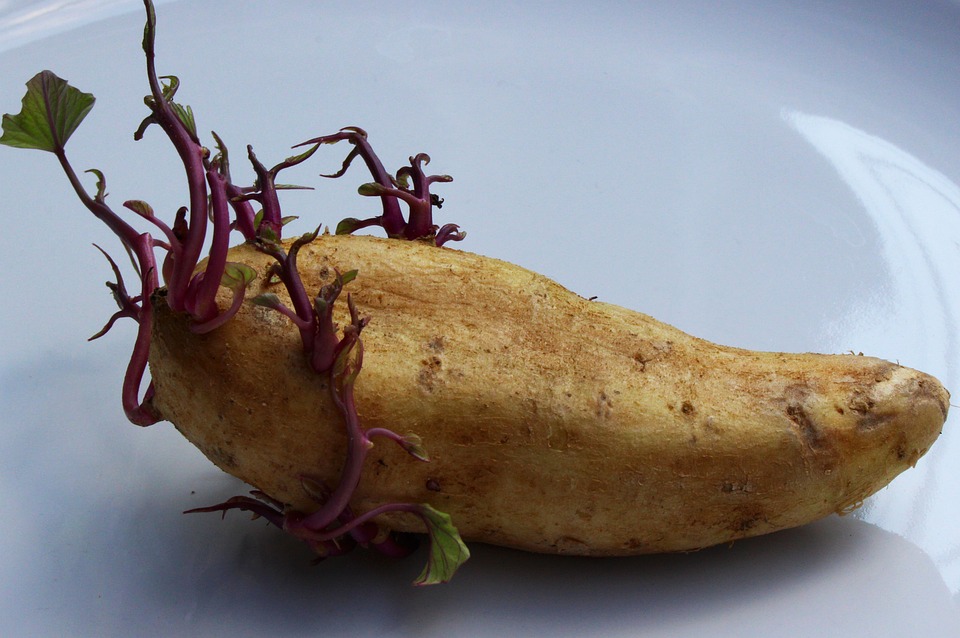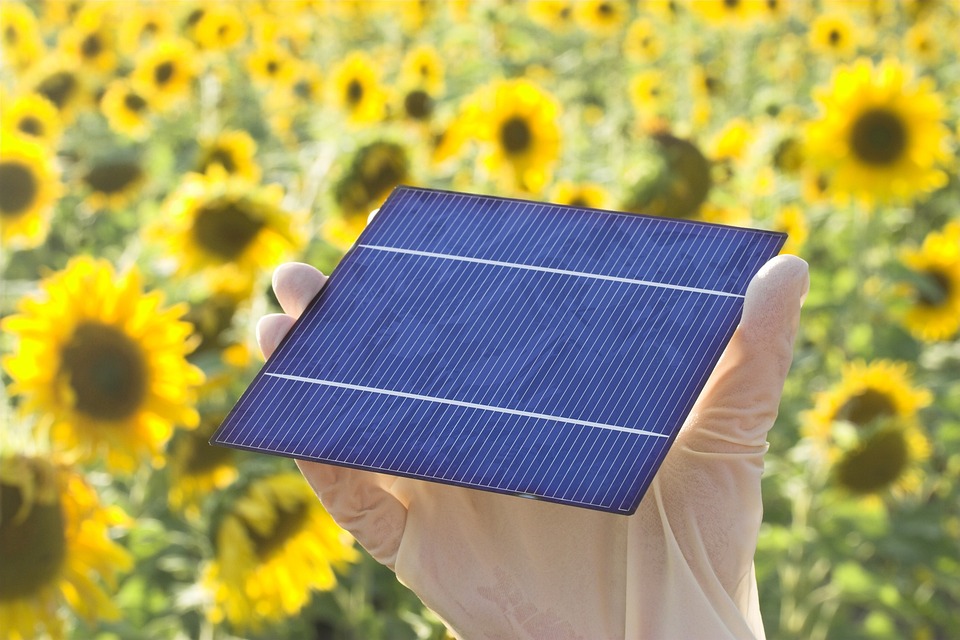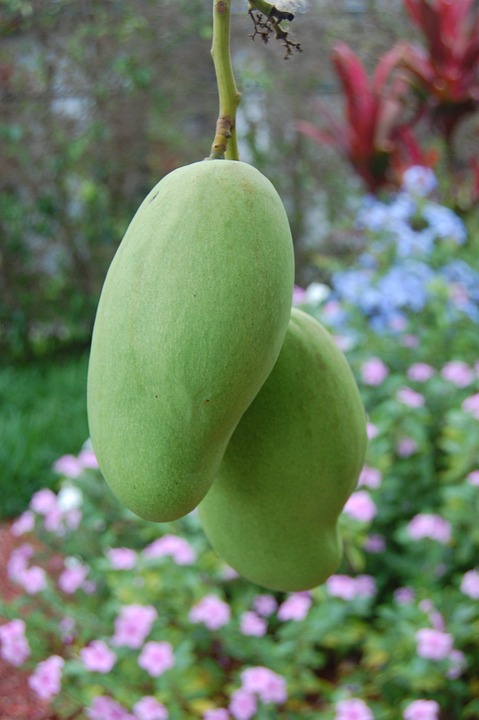The Future of Agriculture: Embracing Sustainable Farming Practices
The future of agriculture is bright, and it’s all thanks to sustainable farming practices. As someone who has spent years living off the grid, I can confidently say that sustainable farming is the way of the future. With the rise of climate change and the increasing demand for food, it’s essential that we embrace sustainable farming methods to ensure the longevity of our planet and food production. Sustainable farming is all about working with nature, not against it. It’s about finding ways to grow food and raise animals that don’t harm the environment, and instead, actually improve it. One of the best things about sustainable farming is that it can be done on a small or large scale, and it doesn’t necessarily require a lot of expensive equipment or resources. It’s all about being resourceful and working with what you have. One of the main principles of sustainable farming is using natural methods to improve soil health. This can include composting, cover cropping, and crop rotation. By improving soil health, farmers can increase their crop yields, reduce the need for chemical fertilizers, and prevent erosion. It’s a win-win for both the farmer and the environment. Another important aspect of sustainable farming is using organic and natural methods to control pests and diseases. Instead of relying on harmful pesticides, sustainable farmers use techniques like crop rotation, companion planting, and natural predators to keep pest populations in check. This not only reduces the use of harmful chemicals but also creates a more balanced and resilient ecosystem on the farm. When it comes to animal farming, sustainable practices are equally important. Instead of confining animals in crowded and inhumane conditions, sustainable farmers focus on raising animals in a way that respects their natural behaviors and needs. This can mean giving animals access to pasture and a diverse diet, and using low-stress handling techniques. By doing so, farmers can produce high-quality, healthy meat and dairy products, while also promoting animal welfare and environmental sustainability. In recent years, there has been a growing interest in sustainable farming among consumers. People are becoming more aware of the environmental and health impacts of conventional agriculture, and they are seeking out sustainable and organic food options. This has created a demand for sustainable farm products, which in turn has encouraged more farmers to embrace sustainable practices. It’s a positive cycle that is helping to drive the future of agriculture in a more sustainable direction. Pro tips: 1. Start small and gradually increase your sustainable farming efforts. It can be overwhelming to try to change everything at once, so take it step by step. 2. Connect with other sustainable farmers in your area. Share knowledge, resources, and support each other in your farming journey. 3. Don’t be afraid to try new things and experiment with different sustainable techniques. Every farm is unique, and it’s important to find what works best for your specific situation. The future of agriculture is exciting, and it’s being shaped by the growing movement towards sustainable farming. By embracing these practices, we can create a more resilient and healthy food system, while also protecting the planet for future generations. Whether you’re a farmer, a gardener, or a consumer, there are countless ways to support sustainable farming and be a part of the positive change in agriculture. So let’s all come together and embrace the future of agriculture through sustainable farming practices.










